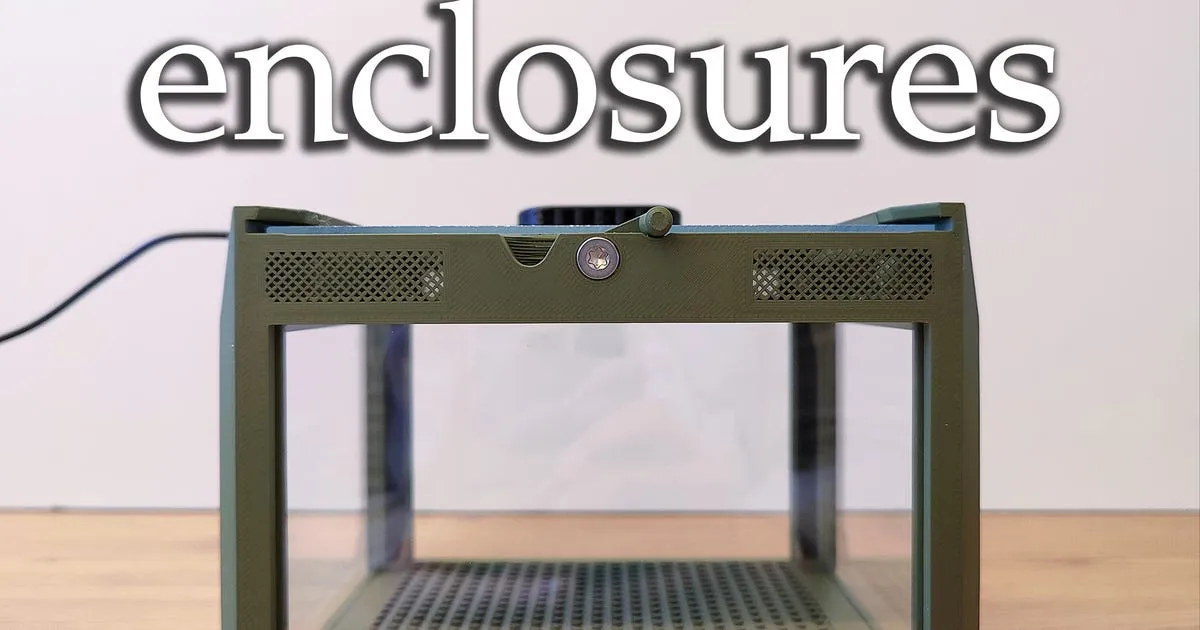What Makes the Best Tarantula Enclosure
Choosing the best tarantula enclosure is crucial for the health and well-being of your pet spider. A well-designed enclosure provides a safe, comfortable, and stimulating environment that mimics the tarantula’s natural habitat. Several factors contribute to an ideal enclosure, including appropriate size, adequate ventilation, suitable substrate, and the right materials. The enclosure should be secure to prevent escape, easy to clean, and allow for proper temperature and humidity control. Considering these elements ensures your tarantula thrives in its new home, promoting longevity and providing you with the joy of observing these fascinating creatures. This guide will explore the key features to look for in the top tarantula enclosures, helping you make an informed decision for your pet.
Size and Dimensions of Enclosures
The size of the enclosure is a critical factor, directly influencing the tarantula’s ability to move, hunt, and establish a comfortable living space. The general rule of thumb is that the enclosure should be at least twice the tarantula’s leg span in width and length, providing ample room for movement and exploration. The height depends on the species. Terrestrial tarantulas require more floor space, whereas arboreal species need height for climbing. Overly large enclosures can make it difficult for young tarantulas to find food, while enclosures that are too small can limit their mobility and cause stress. Always consider the adult size of your tarantula when selecting an enclosure, as they can live for many years, and their needs will change as they grow. Use the image to determine what dimensions you may need based on your tarantula.
Choosing the right size ensures your tarantula can thrive in a comfortable and healthy environment. Consider the adult size of your tarantula and provide enough space for it to move, hunt, and feel secure. This also makes it easier to maintain the correct temperature and humidity levels. It is very important to keep in mind the adult size when selecting your enclosure. This helps reduce the stress of the tarantula. For example, a terrestrial tarantula may require a wider and longer space, while arboreal tarantulas may need a taller enclosure.
Understanding Tarantula Species Needs
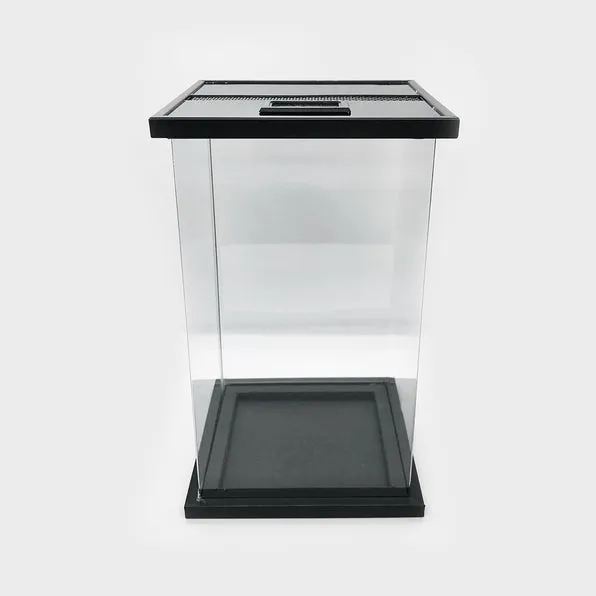
Different tarantula species have unique habitat requirements based on their natural environments. Understanding these needs is essential for providing the best possible care. For instance, terrestrial tarantulas typically live on the ground and require more horizontal space with a substrate that allows them to burrow. Arboreal tarantulas, on the other hand, are adapted to living in trees and require vertical space and climbing opportunities. Some species thrive in humid environments, while others prefer drier conditions. Researching the specific needs of your tarantula species, including temperature, humidity, substrate, and ventilation, is vital. This will help you create an enclosure that mimics their natural habitat, promoting their health, longevity, and overall well-being. By understanding the requirements of your tarantula species, you can ensure they are living in a comfortable and enriching environment.
Terrestrial Tarantulas Enclosure Requirements
Terrestrial tarantulas, which are ground-dwelling species, require enclosures that prioritize floor space. These tarantulas need ample room to roam and establish a burrow. The enclosure should be wider than it is tall, allowing for horizontal movement. A deep layer of substrate is crucial for terrestrial tarantulas. This allows them to burrow and feel secure. Substrate materials like coco coir, peat moss, or a mixture of both are excellent options, as they retain humidity and support burrowing. Providing a water dish and appropriate hides, such as cork bark or artificial plants, is also important for their well-being. Ensure the enclosure has adequate ventilation to prevent mold and maintain proper air circulation. The correct setup will create a natural and comfortable environment for your terrestrial tarantula.
Arboreal Tarantulas Enclosure Requirements
Arboreal tarantulas, adapted to living in trees, need tall enclosures that provide vertical space for climbing and webbing. The enclosure should be taller than it is wide, allowing the tarantula to climb and create its habitat. Sturdy branches, cork bark, and artificial plants are essential for climbing and webbing. The substrate should be relatively shallow compared to terrestrial setups, as arboreal tarantulas don’t burrow. Ventilation is critical for arboreal species, with openings at the top and sides to promote airflow. Maintaining the correct humidity levels is essential, but be careful not to overdo it, as excessive moisture can lead to mold. By providing these elements, you can create a suitable, enriching environment for your arboreal tarantula, allowing it to exhibit its natural behaviors and thrive.
Enclosure Materials and Construction
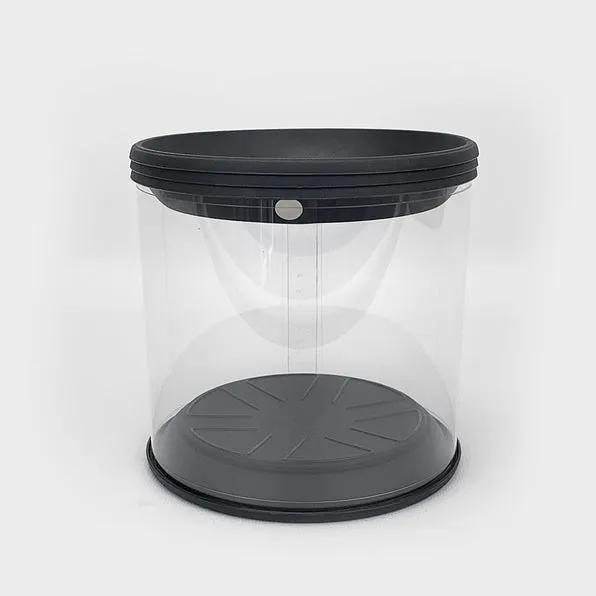
The materials used to construct a tarantula enclosure greatly impact its functionality and suitability for your pet. Common materials include glass and acrylic, each with advantages and disadvantages. Glass enclosures are classic and offer excellent visibility, allowing you to easily observe your tarantula. They are also relatively easy to clean and maintain. However, glass can be heavy and prone to breakage. Acrylic enclosures are lightweight, durable, and offer superior insulation, which can help regulate temperature and humidity. They are also less likely to shatter than glass. Choosing the right material involves considering your priorities: ease of viewing, durability, insulation, and ease of maintenance. Both materials can provide excellent homes for tarantulas when designed and maintained correctly. The construction should ensure the enclosure is secure, with a tight-fitting lid to prevent escape.
Glass Enclosures
Glass enclosures have been a popular choice for tarantula keepers for many years. They offer excellent visibility, allowing you to easily observe your tarantula and its behaviors. This is particularly beneficial for educational purposes and appreciating the beauty of your pet. Glass is also non-porous, which makes it easy to clean and disinfect, preventing the buildup of bacteria and maintaining a hygienic environment. However, glass enclosures can be heavy and more fragile than acrylic alternatives, posing a risk if dropped or knocked over. They also don’t insulate as well, potentially making it more challenging to maintain consistent temperature and humidity levels. When choosing a glass enclosure, ensure it has a secure lid and proper ventilation to provide a safe and comfortable home for your tarantula. Always handle with care.
Acrylic Enclosures
Acrylic enclosures provide a range of benefits, including being lightweight, durable, and offering excellent insulation. Acrylic is significantly less likely to break than glass, making it a safer option for both you and your tarantula. The superior insulation properties of acrylic help maintain stable temperature and humidity levels, which is crucial for the health of your pet. They also provide a clearer view of the tarantula, similar to glass, enhancing the viewing experience. While acrylic enclosures can scratch more easily than glass, these scratches are often less noticeable and can be buffed out. Their lightweight design makes them easier to handle and move. For ease of use and safety, acrylic enclosures are an excellent choice.
Ventilation and Airflow
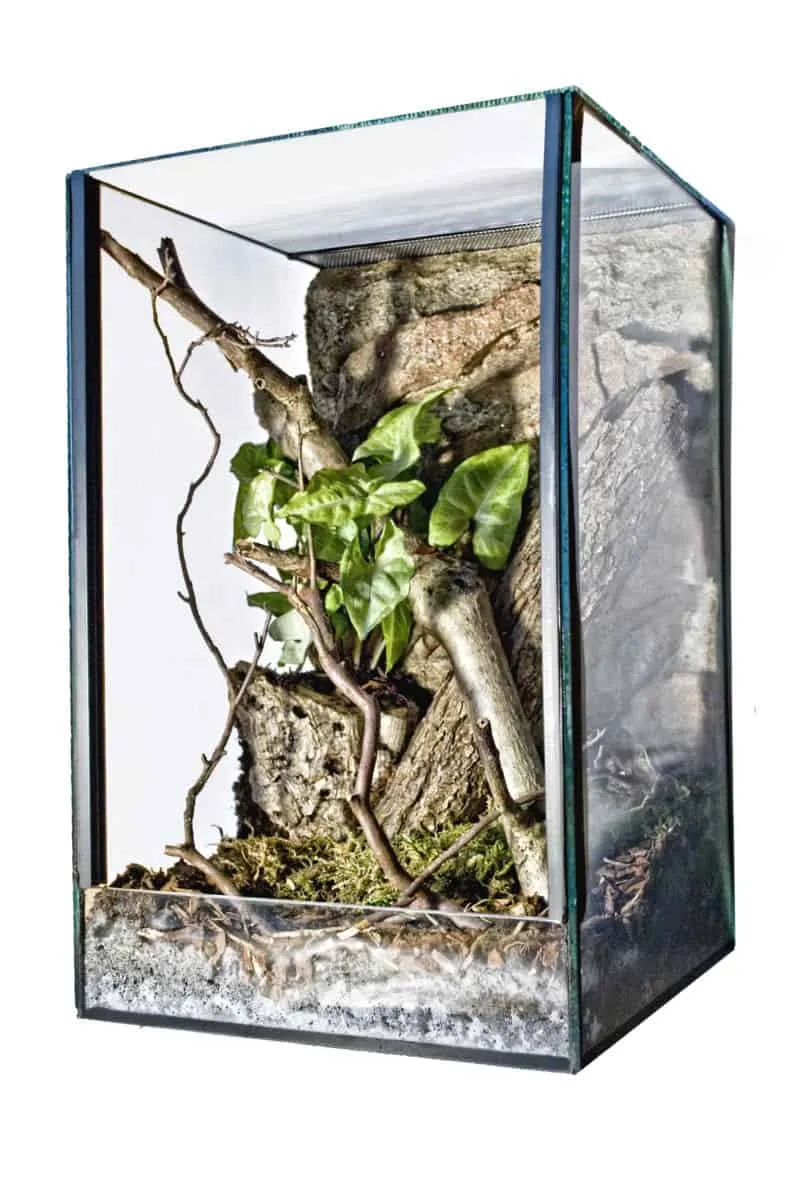
Proper ventilation is paramount for tarantula enclosures, as it ensures fresh air circulation, prevents the buildup of stale air, and reduces the risk of mold and mildew. Adequate airflow helps regulate humidity levels and prevents the environment from becoming stagnant. Enclosures should have ventilation holes or mesh openings that allow air to circulate without compromising security. The placement of these vents is essential; cross-ventilation, with vents on opposite sides of the enclosure, is often the most effective. This design allows air to flow through the enclosure, removing excess moisture and carbon dioxide. Without proper ventilation, the tarantula’s health may suffer. By providing optimal airflow, you can create a healthier and more comfortable environment for your pet.
Substrate and Furnishing
The substrate and furnishings within a tarantula enclosure serve multiple purposes, contributing to both the aesthetic appeal and the well-being of your pet. The substrate, which is the bottom layer of the enclosure, should be appropriate for the species and help maintain humidity. Coco coir, peat moss, and a mix of both are popular choices, offering excellent moisture retention and burrowing capabilities for terrestrial species. Furnishings, such as hides, artificial plants, and branches, provide enrichment and security for the tarantula. Hides give the tarantula a safe space to retreat, reducing stress and allowing them to feel secure. Artificial plants and branches offer climbing opportunities for arboreal species and can help maintain humidity by providing surface area for condensation. The right substrate and furnishings create a comfortable and stimulating environment that supports the tarantula’s natural behaviors.
The Top 5 Tarantula Enclosures
Choosing the best enclosure for your tarantula involves considering a variety of factors, including size, material, ventilation, and ease of maintenance. Here are five top-rated tarantula enclosures based on these criteria, designed to meet the needs of different species and provide a safe and comfortable environment for your pet. Each enclosure listed below is designed with the tarantula in mind, ensuring a balance of functionality, safety, and aesthetic appeal.
Enclosure 1 Detailed Review
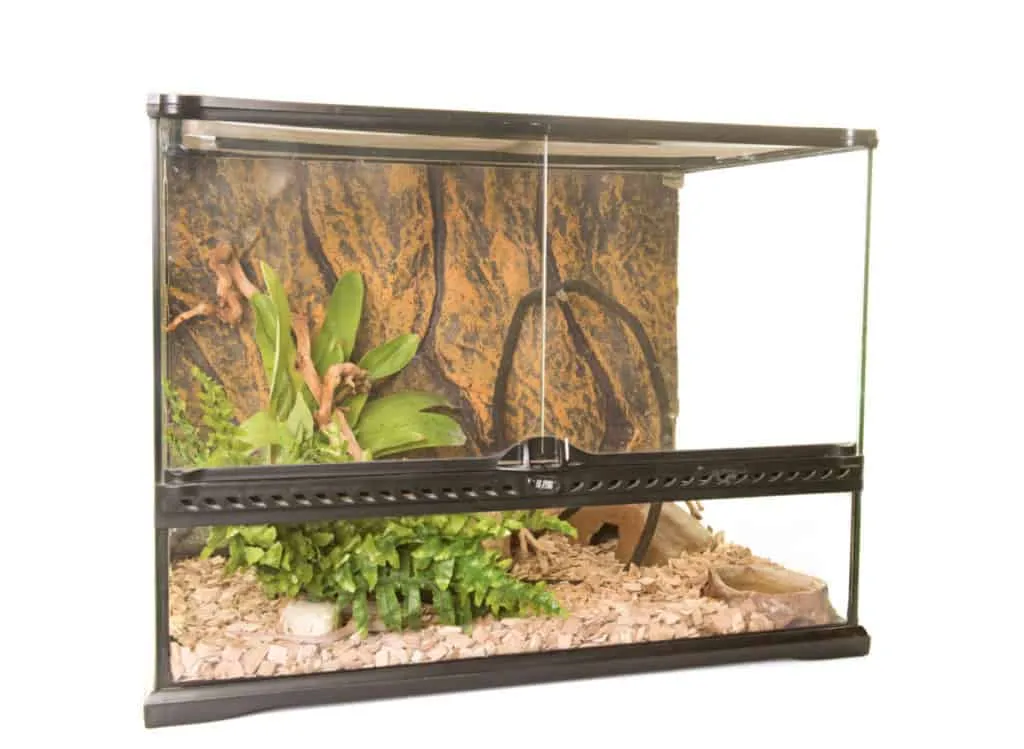
Enclosure 1 is a top pick for many tarantula keepers. It is constructed from high-quality acrylic, known for its durability and excellent insulation properties. The enclosure features a secure, easy-to-open lid and multiple ventilation holes to ensure optimal airflow. The size of this enclosure makes it suitable for a wide range of terrestrial tarantula species. Its clear design offers excellent visibility, allowing you to easily observe your tarantula. The enclosure is also designed with ease of maintenance in mind, making cleaning and substrate changes straightforward. This model combines functionality, safety, and aesthetic appeal. It is a great choice for both beginners and experienced keepers.
Enclosure 2 Detailed Review
Enclosure 2 is a premium choice, designed for arboreal species. This enclosure’s tall and narrow design offers ample vertical space for climbing and webbing. It is constructed from durable glass and provides excellent visibility. The enclosure has strategically placed ventilation holes to ensure proper airflow, and the secure lid prevents escape. The interior features multiple anchor points for adding branches and artificial plants, allowing you to create a stimulating habitat. Its durable construction and thoughtful design make it an excellent choice for any tarantula keeper.
Enclosure 3 Detailed Review
Enclosure 3 is an excellent value option that combines affordability with functionality. Made from a durable, lightweight plastic, this enclosure is easy to handle and transport. It features a secure lid with a built-in ventilation system and a clear front panel for easy viewing. While it may not have all the features of higher-end models, it provides all the essential elements for a safe and comfortable environment for your tarantula. The simple design makes cleaning and maintenance straightforward. It is ideal for beginners and experienced keepers looking for a practical and affordable enclosure option. This model also offers an excellent balance of cost-effectiveness and quality.
Enclosure 4 Detailed Review
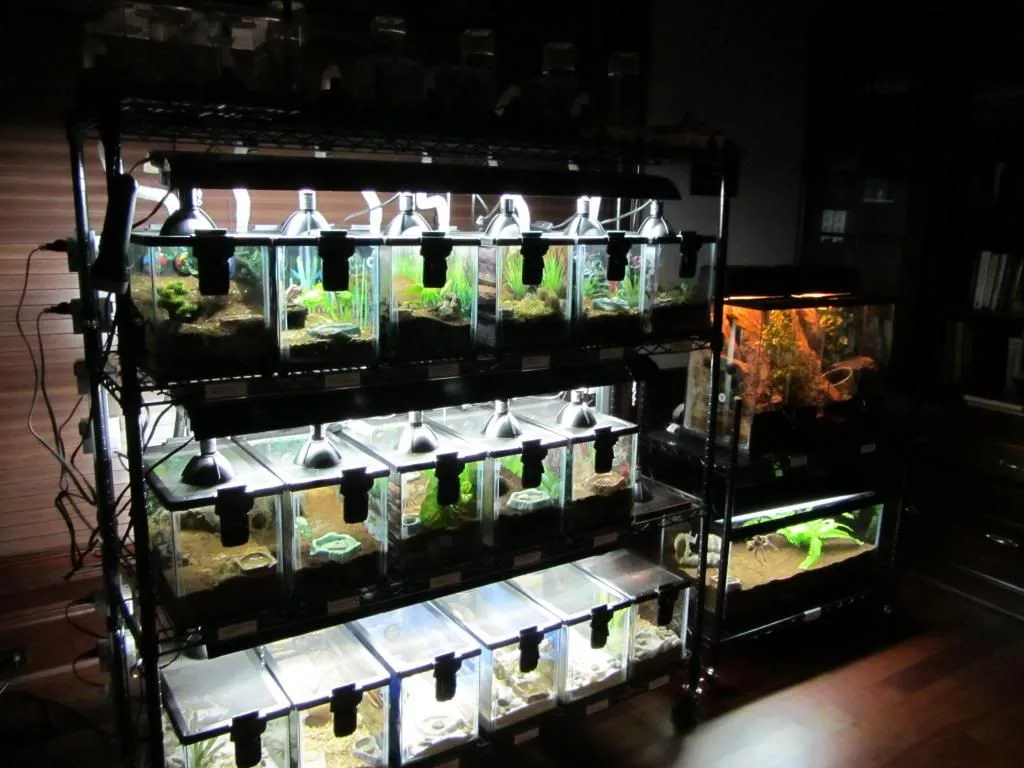
Enclosure 4 is another top-rated option, known for its durability and innovative design. The enclosure is constructed from high-quality acrylic, offering excellent insulation and crystal-clear visibility. Its unique features include a sliding door for easy access and a built-in humidity gauge to help monitor environmental conditions. The ventilation system is designed to provide optimal airflow while preventing escapes. The enclosure’s sleek design and thoughtful features make it a premium choice for tarantula keepers. With its secure construction and user-friendly features, this is a top choice for any keeper.
Enclosure 5 Detailed Review
Enclosure 5 is a versatile and adaptable option that caters to a wide range of tarantula species. This enclosure is constructed from a combination of durable materials, including glass and acrylic, to offer the best of both worlds in terms of visibility and safety. It features a secure lid and a well-designed ventilation system. The enclosure is designed to be easily customizable, with multiple options for adding branches, hides, and other furnishings to create the perfect habitat for your pet. Its adaptability and excellent design make it a versatile choice for any tarantula keeper. This is the perfect solution for keepers looking for flexibility.
Maintaining Your Tarantula Enclosure
Proper maintenance is critical for keeping your tarantula healthy and its enclosure clean. Regular cleaning, monitoring humidity and temperature, and ensuring proper feeding and watering are essential. Cleaning the enclosure involves removing any uneaten food, waste, and old molts. The substrate should be spot-cleaned regularly and replaced periodically. Monitoring humidity and temperature is also important. Use a hygrometer and a thermometer to keep track of these conditions, adjusting ventilation or using a humidifier or heat source as needed. Feeding your tarantula an appropriate diet and providing fresh water are also essential for its well-being. A proper routine ensures your tarantula thrives in its enclosure.
Cleaning and Maintenance
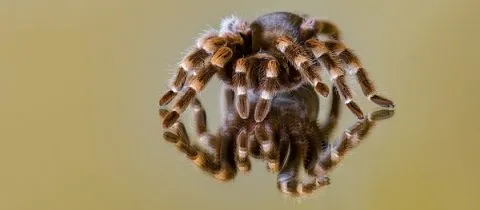
Regular cleaning is vital for maintaining a healthy environment within the tarantula enclosure. Remove uneaten food promptly, as it can attract pests and lead to the growth of mold. Spot-clean the substrate regularly, removing any waste or old molts. The frequency of substrate replacement depends on the type of substrate and the tarantula’s habits, but it’s generally recommended to replace it every few months or as needed. Clean the enclosure walls and any decorations with a mild, pet-safe disinfectant to remove any buildup. When cleaning, always ensure the tarantula is safely housed in a temporary container. A clean enclosure helps prevent diseases and ensures the tarantula’s well-being.
Humidity and Temperature Control
Maintaining proper humidity and temperature levels is crucial for your tarantula’s health. These factors directly impact their ability to molt, eat, and overall well-being. Use a hygrometer to monitor humidity levels, which vary depending on the species of tarantula. Adjust ventilation or use a humidifier to maintain the appropriate humidity. The temperature should also be monitored using a thermometer. Most tarantulas thrive in temperatures between 70-80°F (21-27°C). Use a heat lamp or heating pad if necessary, ensuring that the heat source is regulated and doesn’t overheat the enclosure. Regular monitoring and adjustments are essential for creating a suitable environment. Proper humidity and temperature contribute to a healthy, thriving tarantula.
Feeding and Watering in the Enclosure
Feeding your tarantula and providing fresh water are essential aspects of enclosure maintenance. Feed your tarantula an appropriate diet based on its size and species. Crickets, mealworms, and roaches are common food sources. The frequency of feeding will vary depending on the age and species of the tarantula; young tarantulas typically need to be fed more frequently. Always remove any uneaten food to prevent the build-up of mold and pests. Provide fresh water in a shallow dish. Ensure the water dish is accessible and clean, changing the water regularly to prevent contamination. Proper feeding and watering are essential for maintaining your tarantula’s health and well-being.
Conclusion
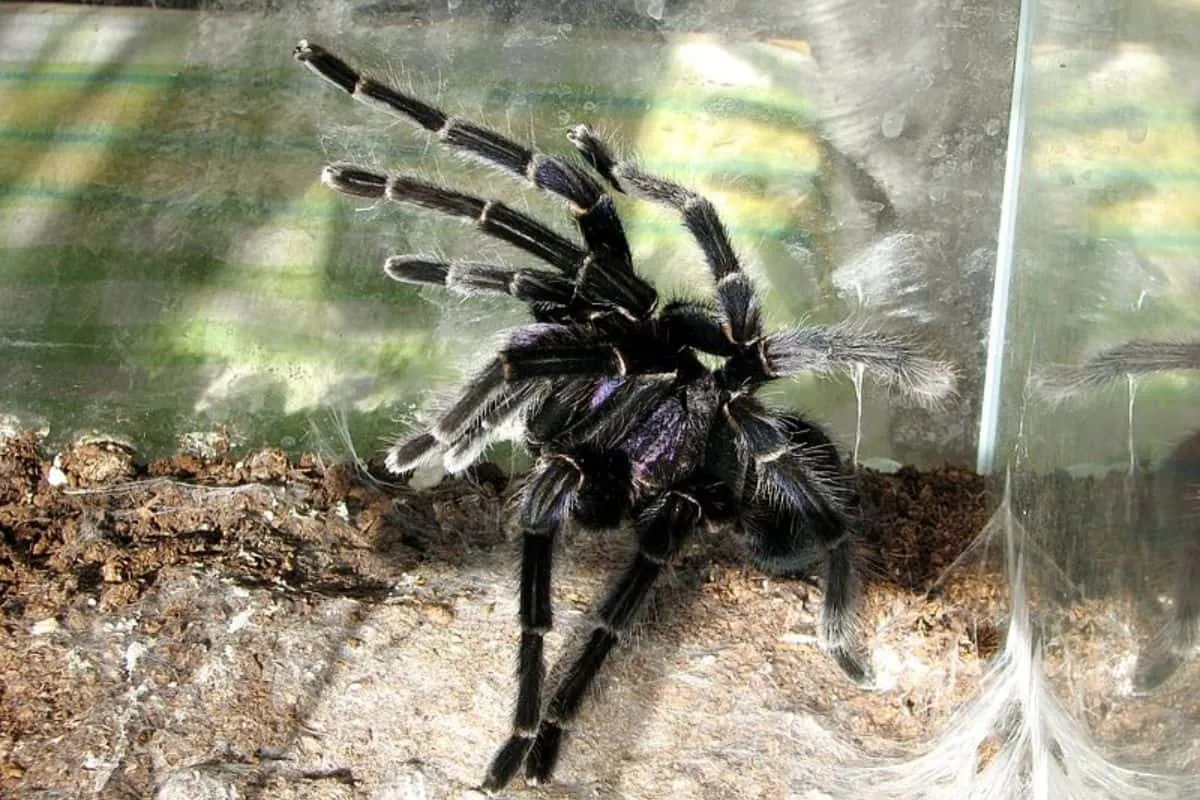
Choosing the best tarantula enclosure is a significant step in providing a healthy and enriching environment for your pet spider. By considering factors such as enclosure size, material, ventilation, and the specific needs of your tarantula species, you can create a habitat where your tarantula thrives. Regular maintenance, including cleaning, monitoring humidity and temperature, and providing proper feeding and watering, is also essential for their well-being. The top 5 enclosures we’ve highlighted offer excellent options to cater to the unique requirements of different tarantula species, ensuring your pet lives a long, happy life. With the right enclosure and care, you can enjoy the fascinating world of tarantulas for years to come.
